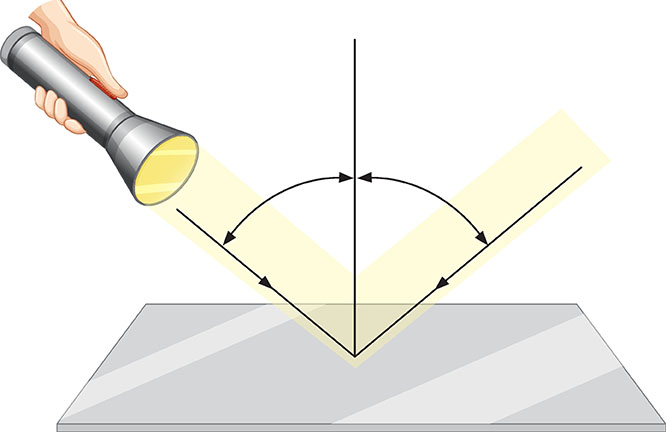

When light hits a surface, it bounces off in a different direction. The line where the light hits the surface is called the line of incidence.
The line of incidence is always perpendicular to the surface at the point of impact. This means that if you draw a line from the point of impact to the top of the surface, it will be perpendicular to the surface.
The line of incidence is important for understanding how light interacts with surfaces. For example, if the line of incidence is parallel to the surface, the light will be reflected back in the same direction. However, if the line of incidence is not parallel to the surface, the light will be refracted, or bent, as it passes through the surface.
The line of incidence is the path that the light travels from the source to the surface.

Noun: Line of incidence is the path that a ray of light travels from a source to a surface.
Adjective: Line of incidence can also be used as an adjective to describe something that is related to the line of incidence. For example, the angle of incidence is the angle between the line of incidence and the normal to the surface.
The word "line of incidence" is made up of three words:
Line: A straight path along which a point moves.
Incidence: The act of coming into contact with something.
Normal: A line perpendicular to a surface.
So, the word "line of incidence" literally means "the line along which light comes into contact with a surface".
What is a line of incidence?